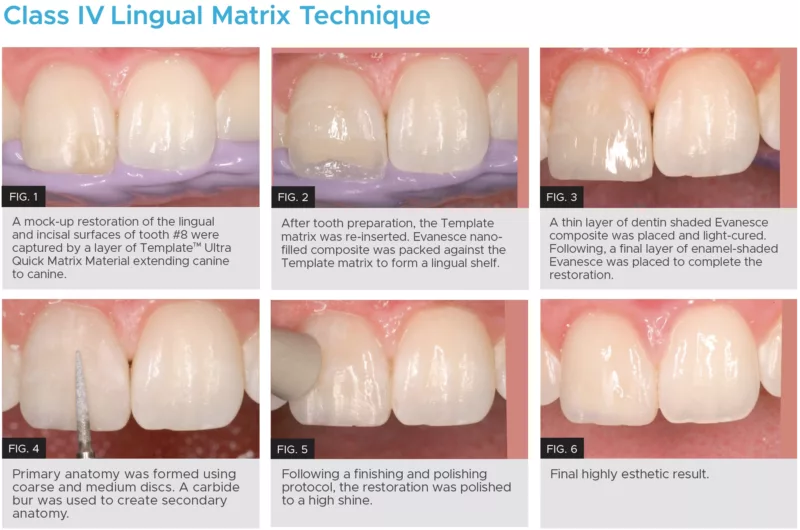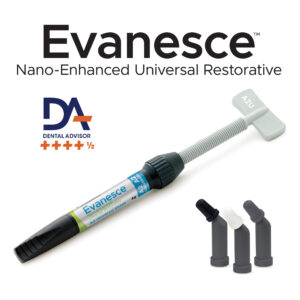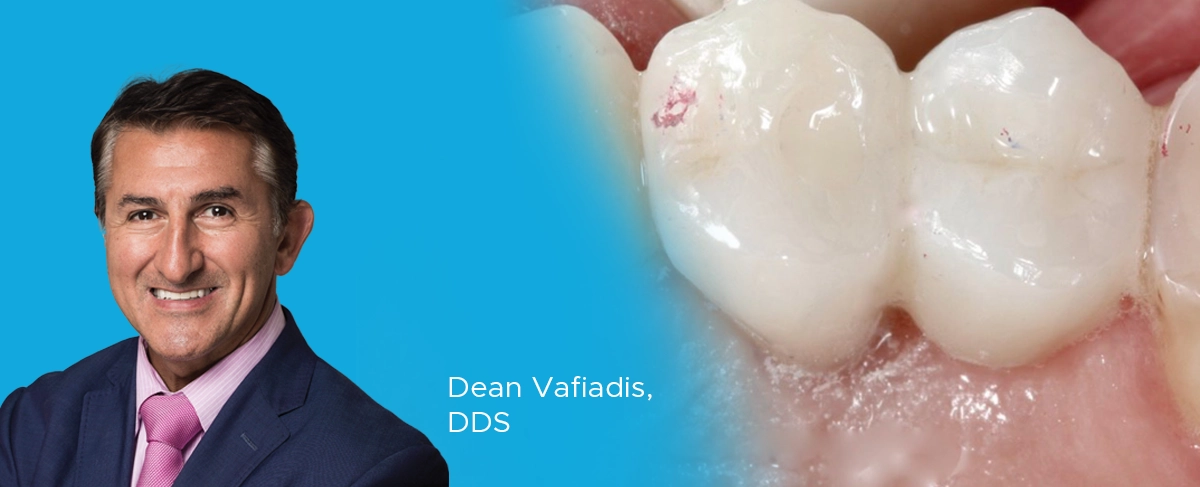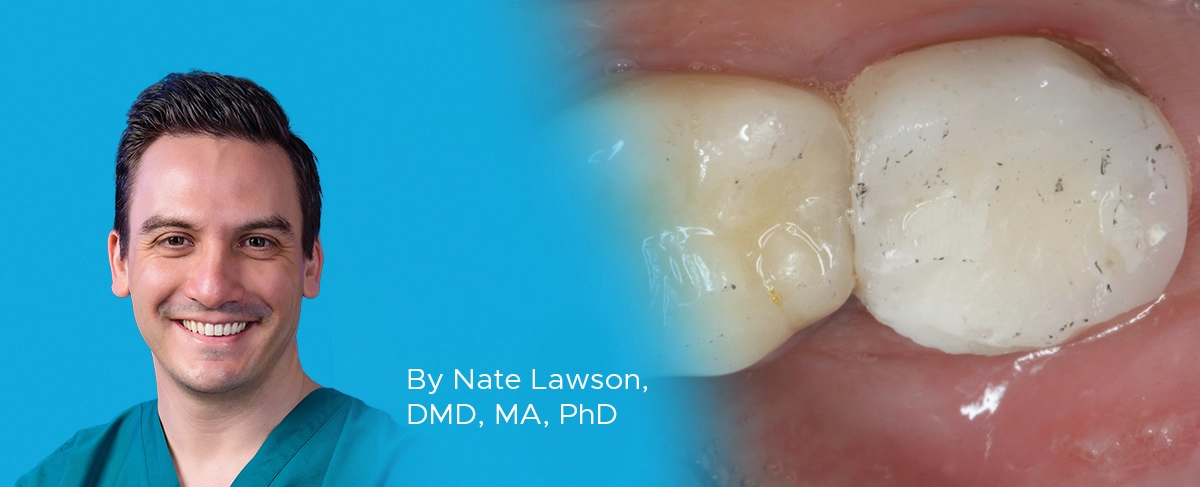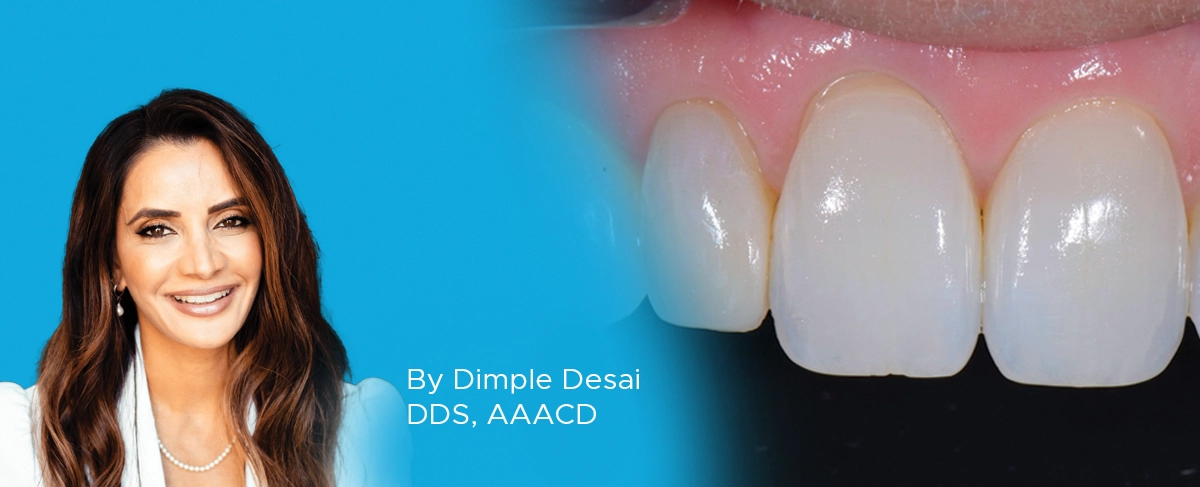
Ask the Expert: An Interview with Bob Margeas, DDS on Universal Composites
With Bob Margeas, DDS
Question
How do you evaluate the esthetic potential of a composite?
Answer
Question
How do you mimic the varying translucencies in the adjacent teeth when you are placing an anterior composite?
Answer
The variations in incisal translucency from one case to the next can be quite dramatic. Tints can be helpful in replicating translucency; however, they can be more technique sensitive and require clinical experience to gauge the appropriate amount of tint required for the case. Fortunately, many anterior composite cases can be restored using a one shade/opacity composite restoration. However, for those clinical cases where there is a high degree of incisal translucency present, you need a composite system that gives you the optional opacities that allow you to match the translucencies in the adjacent teeth. In addition to their enamel opacity of 80%, Evanesce has 3 more enamel options that span a greater degree of translucency, including one that is only 50% opacity. These come in handy when I am restoring Class IVs and placing full composite veneers. The opacity of Evanesce I choose for the initial lingual enamel layer is based on the overall incisal translucency that I want in the final restoration. The Evanesce system provides me with the control, through its range of opacities, to blend in the next layers composite I require to achieve the desired esthetic result.
Question
How significant are handling properties when you are choosing a composite?
Answer
Question
Can one composite truly be universal in it’s clinical applications?
Answer
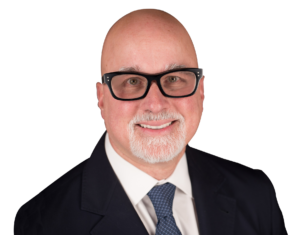
ABOUT THE AUTHOR
Dr. Bob Margeas graduated from the University of Iowa College of Dentistry in 1986 and completed his AEGD residency the following year. He is currently an adjunct professor in the department of Operative Dentistry at the University of Iowa. He is Board Certified by the American Board of Operative Dentistry. He is a Diplomate of the American Board of Aesthetic Dentistry, a Fellow of the Academy of General Dentistry, American Society for Dental Aesthetics and International Team of Oral Implantologists (ITI). He has written numerous articles on esthetic and implant dentistry, and lectures and presents hands-on courses nationally and internationally on those subjects.
Share This Article! Choose Your Platform
Related Articles
Ask the Expert: An Interview with Bob Margeas, DDS on Universal Composites
How do you evaluate the esthetic potential of a composite?
Ask the Expert: An Interview with Dean Vafiadis, DDS on Adjusting and Polishing Zirconia Restorations
How are you currently polishing your zirconia restorations post-adjustment?
Ask the Expert: An Interview with Nate Lawson, DMD, MA, PhD on Composite Polishers
By Nate Lawson, DMD, MA, PhD
When I first learned to place composite restorations, I had issues achieving a smooth, porous-free surface that blended with my tooth preparation. Perhaps the most important tip to achieve this outcome is to maintain a smooth surface throughout the entire process of placing and layering the composite.
Ask the Expert: An Interview with Nate Lawson, DMD, MA, PhD on the Fabrication of Temporary Restorations
By Nate Lawson, DMD, MA, PhD
There are several methods used to fabricate temporary restorations. They range in complexity from “block” temporaries, formed from the free-hand carving of set temporary material placed over the prepared tooth, to pre-fabricated stainless steel or acrylic temporary crowns to 3D printed or milled temporaries.
Ask the Expert: An Interview with Dimple Desai, DDS, AAACD on Universal Composite
By Dimple Desai, DDS, AAACD
What are the most important features you believe most dentists look for in a composite system?
Ask the Expert: An Interview with Jihyon Kim, DDS on Polishing Systems
By Jihyon Kim, DDS
What are the benefits of achieving a high gloss polish with restorations?

